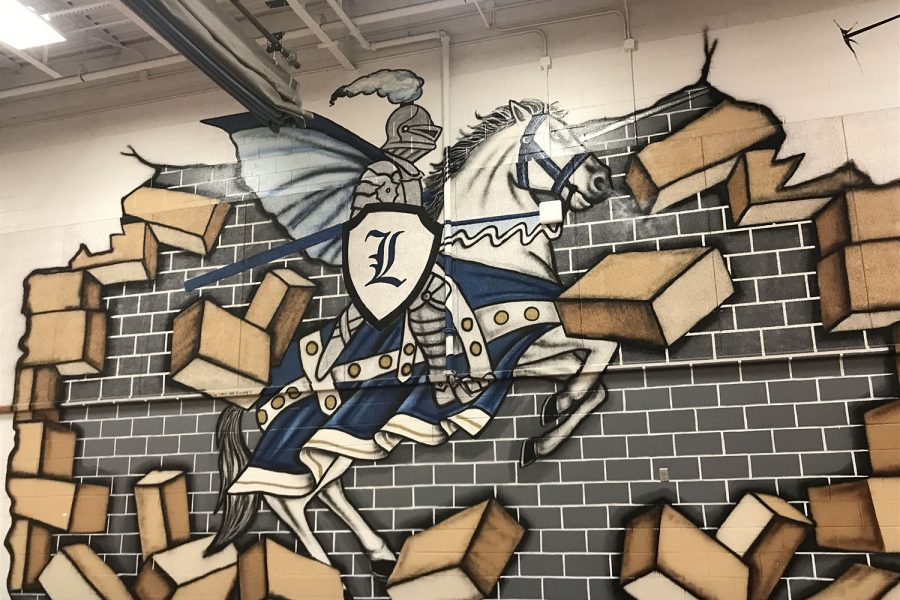Lancer Mascot Origin Shrouded in Mystery
Though there are different theories on how the Lancer became Longfellow’s mascot, the school has fully embraced the symbolic value, as knights and the code of chivalry embody the Lancer Code.
The lancer has faithfully represented Longfellow as a school for as long as the school has been around. It represents the pride and prosperity our school has achieved. It symbolizes the schools Lancer Code, “Be respectful, be responsible, and be safe.” As great as the lancer has been as a mascot, how much do we really know about its origin and ties to the school?
Nobody knows who made the decision, but according to Longfellow’s principal, Carole Kihm, these things are usually decided by committee and there would have been input from the community.
One possibility is the poetry of its namesake, Henry Wadsworth Longfellow. Several of his poems are ballads that involve knights and kings. His poem, “The Elected Knight” describes “A Knight full well equipped; His steed was black, his helm was barred; He was riding at full speed.” It goes on to say “He wore before his breast, A lance that was poised in rest; And it was sharper than diamond-stone.”
While the imagery brings to mind our charging lancer painted in the lobby and the gym, the word “lancer” is never mentioned in the poem.
A lancer is defined by Merriam Webster as “one who carries a lance,” or “a member of a military unit formerly composed of light cavalry armed with lances.” A lance is “a steel-tipped spear carried by mounted knights or light cavalry.”
Knights, famous for their chivalry and honor, are certainly good role-models.
“Our Lancer Code perfectly ties in with lancers,” explained Kihm. “They had rules about being safe, they were responsible, and they were respectful. People respected them.”
Indeed, medieval knights followed something called the Code of Chivalry. According to the website Medieval Life and Times, the code included things like bravery, courtesy, and honor.
Though it wasn’t a written code, it was a well known moral system. “The Code of Chivalry was the honor code of the knight,” the site explains. “[It] was an important part of the society and lives of people who lived during the Medieval times and was understood by all.”
The Lancer Code, “Be respectful, be responsible, and be safe,” is a simplified version. The message is repeated at the end of the morning and afternoon announcements every day.
Another theory of the origin of the Longfellow Lancer, of course, is simply the alliteration. It just sounds good.
Whatever the reason, the lancer seems to be working for Longfellow. According to Alpha Omega Academy, mascots are an important part of academic institutions.
“They give students, parents, teachers, and administration a sense of pride, loyalty, unity, and belonging,” Alpha Omega Academy’s website states, “and these are feelings that will stick with us long after we have turned in our last language arts assignment or completed our final chemistry lab.”







